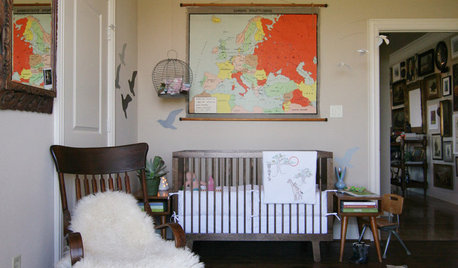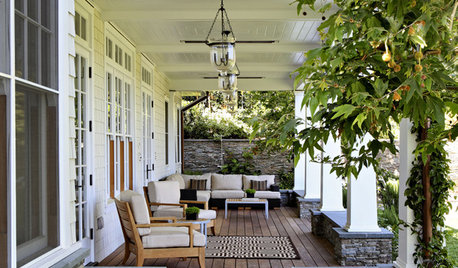Garden Plants Popular in 1730
audrey_gw
20 years ago
Related Stories

GARDENING AND LANDSCAPINGThe Most Popular Outdoor Living Photos of 2015
See 20 ways to transform your yard into a whimsical, wonderful outdoor oasis
Full Story
GARDENING AND LANDSCAPINGBocce, Anyone? Toss Some Popular Games Into Your Yard Plans
Score points for entertaining with a yard set up for lawn bowling, croquet, chess and more
Full Story
DECORATING GUIDES10 Popular Home Design Trends — Timely or Timeless?
Weigh in on whether these of-the-moment decorating elements will have staying power or become a memory of these times
Full Story
PATIOSYour Guide to 10 Popular Landscape Paving Materials
To choose the best paving for your landscape, look at climate, cost and context
Full Story
GARDENING AND LANDSCAPINGReaders' Choice: The 10 Most Popular Outdoor Spaces of 2012
All in the courtyard, please rise — these favorite patios, yards and decks deserve your full attention
Full Story
MOST POPULARThe 25 Most Popular Photos Added to Houzz in 2013
See the newly uploaded images of kitchens, bathrooms, bedrooms and more that Houzz users really fell for this year
Full Story
Readers' Choice: The 10 Most Popular Laundry Room Photos of 2012
These washing areas made a clean break with overcrowding and inefficiency, and a tidy number of Houzzers noticed
Full Story
ENTRYWAYSThe Most Popular Entry Photos of 2015
Readers find inspiration in organized mudrooms of every shape and style
Full Story
GARDENING GUIDESInvite Mining Bees to Your Garden by Planting Their Favorite Plants
Look for mining bees (Andrena) pollinating woodland wildflowers in U.S. gardens this spring
Full Story
GROUND COVERSNative Alternatives to English Ivy, Japanese Pachysandra and Periwinkle
These shade-loving ground covers are good for the environment and say something about where you are
Full StorySponsored
Columbus Design-Build, Kitchen & Bath Remodeling, Historic Renovations
More Discussions






Saypoint zone 6 CT
mjsee
Related Professionals
Kenmore Landscape Architects & Landscape Designers · Barrington Landscape Contractors · North Highlands Landscape Contractors · Ramsey Landscape Contractors · Suisun City Landscape Contractors · Amarillo General Contractors · Brownsville General Contractors · Casas Adobes General Contractors · Corsicana General Contractors · Mira Loma General Contractors · Mobile General Contractors · Mount Laurel General Contractors · North Highlands General Contractors · Waianae General Contractors · Westchester General ContractorsCady
tessasdca
audrey_gwOriginal Author
mjsee
ZephirineD
audrey_gwOriginal Author
ZephirineD
mjsee
ZephirineD
ZephirineD
mjsee
inkognito
audrey_gwOriginal Author